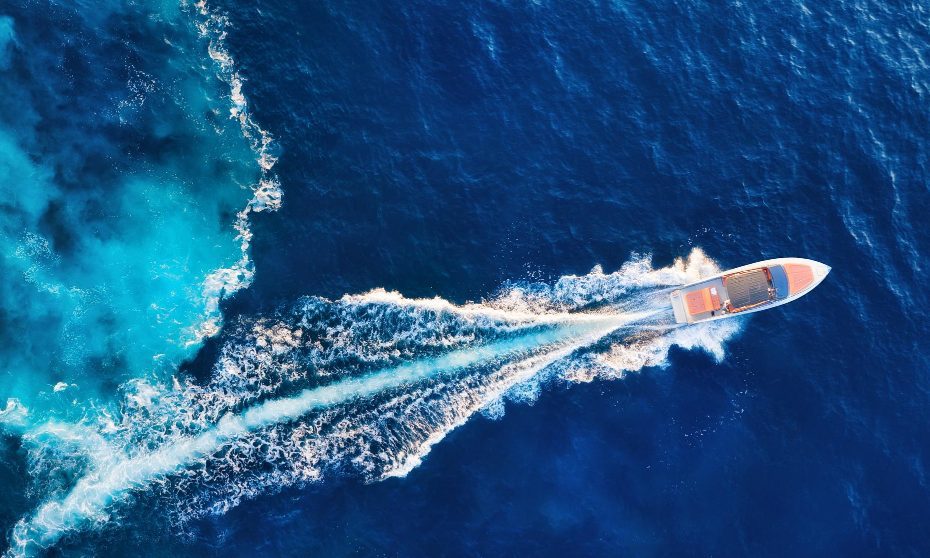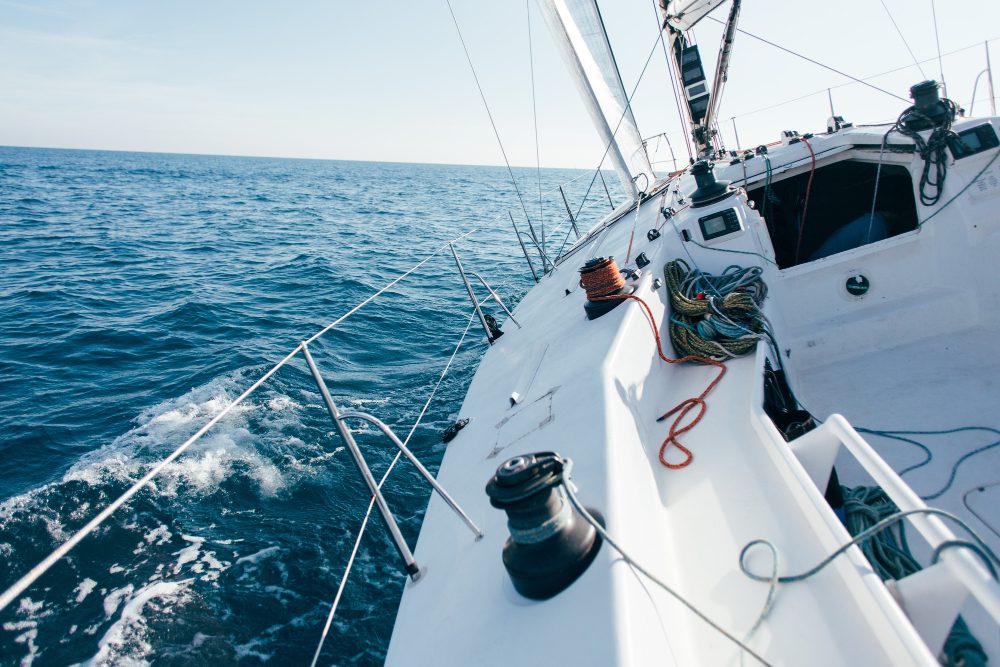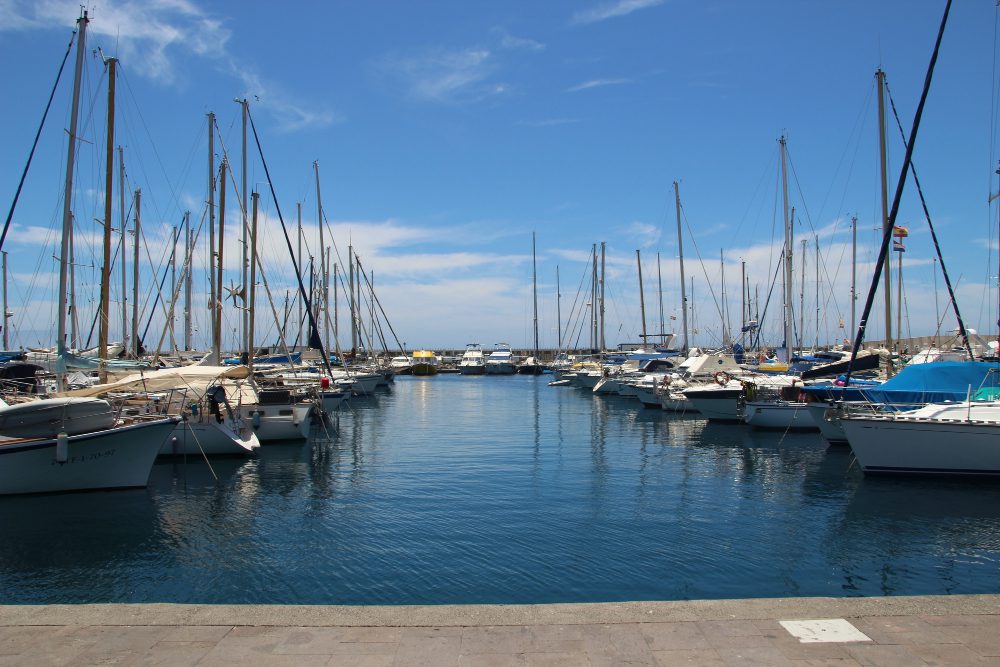How do you start a marine engine?
Starting a marine engine can seem daunting for beginners, but with a few simple steps, it can be a smooth and straightforward process. Whether you are preparing for a day of boating or getting ready to set sail on a fishing trip, understanding how to properly start a marine engine is essential for a safe and enjoyable experience on the water.
Gather the necessary equipment
Before starting your marine engine, it is important to ensure you have all the necessary equipment at hand. This includes a fully charged battery, fuel in the tank, and a functioning ignition key. It is also advisable to have a fire extinguisher and a first aid kit readily available on board.
Perform a pre-start inspection
Before starting the engine, it is crucial to perform a pre-start inspection to ensure everything is in proper working order. Check for any signs of fuel leaks, inspect the belts and hoses for any signs of wear or damage, and ensure the engine’s cooling system is functioning correctly. Additionally, check the oil level and make sure it is at the recommended level.
Turn on the ignition
To start the marine engine, insert the ignition key into the appropriate slot and turn it clockwise. This will activate the electrical system of the engine, including the fuel pump and ignition system. Allow the engine’s warning lights to illuminate and listen for any audible sounds that indicate the electrical system is functioning properly.
Prime the fuel system
If your marine engine has a manual fuel primer, it is important to prime the fuel system before starting. This step involves pumping the primer bulb until it becomes firm, indicating that fuel is flowing through the system. If your engine has an automatic primer, this step may not be necessary.
Start the engine
Once the pre-start inspection and fuel system priming are complete, it’s time to start the engine. Depress the throttle control and turn the ignition key further clockwise. At this point, the engine should come to life, emitting a steady idle sound. Release the throttle control, and the engine should settle into a stable idle speed.
Tip: If the engine fails to start after a few attempts, it is important not to keep trying. This may flood the engine, causing potential damage. Instead, consult your marine engine’s manual or seek professional assistance.
Monitor the engine
After the engine has started, it is vital to monitor its performance closely. Keep an eye on the engine temperature gauge to ensure it remains within the recommended range, and listen for any unusual sounds or vibrations. Additionally, check that water is circulating through the cooling system and that the oil pressure is within the acceptable limits.
Shut down the engine
When you are ready to shut down the marine engine, bring it back to idle speed and allow it to run for a few minutes. This will help cool down the engine and stabilize its internal components. Finally, turn the ignition key counterclockwise to shut off the engine, and remove the key from the ignition slot.
By following these steps and familiarizing yourself with your specific marine engine’s operating instructions, starting and stopping the engine will become second nature. Remember, safety should always be the top priority when operating any marine vessel, so be sure to follow all guidelines and precautions provided by the manufacturer.
How do you stop a marine diesel engine?
Stopping a marine diesel engine properly is an important aspect of maintaining its performance and longevity. Here are some steps to follow:
1. Close the fuel supply:
To stop a marine diesel engine, you need to cut off the fuel supply. Locate the fuel shut-off valve and turn it clockwise to close it. This will prevent any further fuel from entering the engine.
2. Allow the engine to idle:
After closing the fuel supply, allow the engine to run at idle speed for a few minutes. This will help cool down the engine and stabilize the internal components before shutting it down completely.
3. Turn off the ignition:
Once the engine has idled for a short period, turn off the ignition. This will stop the flow of electricity to the engine, preventing any sparks that could potentially ignite fuel vapors.
4. Check the engine temperature:
Before completely stopping the engine, check the temperature gauge to ensure it is within the normal operating range. If the engine is overheating, you may need to investigate the cause before shutting it down.
5. Close seacocks and other valves:
To ensure proper water flow and prevent flooding, close any seacocks and other valves that may be open during engine operation. This will also help maintain the integrity of the hull and prevent any potential water leaks.
6. Monitor oil pressure:
Keep an eye on the oil pressure gauge as you shut down the engine. If the oil pressure drops suddenly or falls below the recommended level, it could indicate a problem that needs to be addressed.
7. Allow the engine to cool down:
After shutting off the engine, allow it to cool down before performing any maintenance tasks. This will help avoid accidental burns and ensure safe handling of engine components.
8. Perform regular maintenance:
Regularly scheduled maintenance is crucial for the longevity and performance of your marine diesel engine. Follow the manufacturer’s guidelines for oil changes, filter replacements, and other necessary checks.
9. Store the engine properly:
If you will not be using the marine diesel engine for an extended period, make sure to store it in a dry and protected environment. Proper storage will help prevent corrosion and damage to the engine.
10. Seek professional help if needed:
If you encounter any issues with your marine diesel engine or are unsure about any maintenance procedures, it is always best to seek the assistance of a professional mechanic or technician with expertise in marine engines. They can provide guidance and ensure the engine is properly stopped and maintained.
How long can a marine diesel run continuously?
When it comes to running a marine engine continuously, the duration can vary depending on several factors such as the engine’s condition, fuel capacity, and maintenance. However, most marine diesel engines are designed to run continuously for extended periods.
Factors influencing continuous run time
The following factors can affect how long a marine diesel engine can run continuously:
- Fuel Capacity: The size of the fuel tank determines how long the engine can operate without refueling. Larger tanks allow for longer continuous operation.
- Fuel Efficiency: Modern marine diesel engines are highly fuel-efficient, allowing for longer running times compared to older models.
- Engine Condition: Well-maintained engines will have fewer issues and can run continuously for longer periods without overheating or breakdowns.
- Cooling System: Effective cooling systems help dissipate heat and prevent the engine from overheating, enabling extended running times.
Maintenance and care
To maximize the continuous run time of a marine diesel engine, regular maintenance is crucial. This includes:
- Regular Fuel Filters and Oil Changes: Clean fuel and oil help prevent clogs and maintain optimal engine performance.
- Routine Inspections: Regularly checking hoses, belts, and other engine components ensures they are in good condition and minimizes the risk of unexpected failure.
- Proper Ventilation: Good airflow prevents overheating and extends the engine’s continuous running time.
Quote: “A well-maintained marine diesel engine can run continuously for weeks, if not months, without any issues.” – Marine Engine Expert
Additional considerations
It’s essential to note that even though marine diesel engines can run continuously for extended periods, it’s recommended to provide regular breaks to ensure engine longevity and avoid excessive wear and tear. Additionally, monitoring fuel levels and engine temperature is crucial during continuous operation to prevent running out of fuel or overheating.
What should be done first before starting the marine engine?
1. Perform a Pre-Start Checklist
Before starting a marine engine, it is crucial to perform a pre-start checklist to ensure everything is in order. This helps prevent any potential issues that may arise during operation. The checklist may include tasks such as checking fuel levels, inspecting oil and coolant levels, examining the propeller, and ensuring proper ventilation.
2. Check the Battery
One of the most important steps before starting a marine engine is to check the battery. Ensure that the battery is fully charged and that all connections are tight and secure. A weak or dead battery can cause starting problems and may require jump-starting or replacement.
3. Inspect the Fuel System
Inspecting the fuel system is essential for smooth engine startup. Check for any fuel leaks, ensuring all connections are properly tightened. Additionally, verify that there is an adequate amount of fuel in the tank to avoid running out while underway.
4. Prime the Engine
Some marine engines require priming or bleeding the fuel system before starting. This involves removing any air trapped in the fuel lines to ensure proper fuel flow. Consult your engine’s manual for specific instructions on how to prime the engine.
5. Engage the Safety Measures
Before starting the marine engine, it is important to engage safety measures. These may include ensuring the kill switch is attached to the operator, checking that the throttle is set to neutral, and making sure all passengers are wearing appropriate safety gear.
6. Follow the Starting Procedure
Each marine engine will have its own specific starting procedure outlined in the manual. It is essential to follow this procedure carefully to avoid any damage to the engine or potential safety hazards. Typically, the starting procedure involves turning the key or pressing a button to engage the starter motor.
7. Monitor Gauges and Instruments
Once the marine engine starts, closely monitor all gauges and instruments. This includes checking oil pressure, temperature, and voltage levels. If any abnormal readings or warning lights are observed, it is important to investigate and address the issue before continuing.
8. Allow the Engine to Warm Up
After starting the marine engine, it is recommended to allow it to warm up for a few minutes before putting it under load. This allows the engine components to reach their optimal operating temperatures, reducing wear and tear and ensuring smoother operation.
9. Conduct a Systems Check
Before setting off, conduct a thorough systems check. This may involve testing the steering, throttle controls, bilge pump, navigation lights, and other critical systems to ensure everything is functioning properly.
10. Follow Safety Guidelines
Lastly, always follow safety guidelines while operating a marine engine. This includes observing speed limits, keeping a lookout for other vessels and navigational hazards, and maintaining situational awareness at all times.
By following these steps and adhering to proper protocols, you can ensure a safe and efficient start for your marine engine, allowing for an enjoyable boating experience.
“Proper preparation prior to starting the engine is key to smooth and trouble-free boating.” – Unknown
What Makes a Boat Motor Hard to Start?
Starting a boat motor can be frustrating, especially if it refuses to start promptly or requires multiple attempts. Several factors can contribute to a boat motor being hard to start, and understanding these issues can help you troubleshoot the problem effectively.
1. Fuel-related Problems
One common reason for difficulty in starting a boat motor is fuel-related problems. These can include:
- Fuel Contamination: Contaminated fuel, such as water or debris in the fuel system, can prevent proper combustion.
- Fuel Line Issues: Clogged or damaged fuel lines may restrict fuel flow, leading to starting difficulties.
- Fuel Pump Malfunction: A faulty fuel pump can hinder the delivery of fuel to the engine, affecting starting performance.
2. Electrical Issues
Electrical problems can also make a boat motor hard to start:
- Battery Problems: A weak or dead battery can prevent the motor from receiving sufficient power to start.
- Ignition System Faults: Malfunctioning spark plugs, ignition coils, or wiring can disrupt the ignition process, resulting in difficulty starting the motor.
3. Mechanical Troubles
Various mechanical issues can impact the starting of a boat motor:
- Compression Loss: Loss of compression in the cylinders can make it difficult for the engine to start.
- Stale Fuel: Using old or expired fuel can hinder proper combustion and lead to starting problems.
- Carburetor Issues: A malfunctioning carburetor can affect the fuel-to-air ratio, causing starting difficulties.
It is important to regularly maintain your boat motor to prevent starting issues. This can include performing routine maintenance tasks such as changing filters, checking fuel lines, inspecting electrical connections, and using fresh fuel. If the problem persists, it is recommended to consult a professional marine mechanic for further diagnosis and repairs.
“Don’t let a hard starting boat motor ruin your day on the water. Proper maintenance and troubleshooting can help you get back on course.”
Conclusion
A properly maintained marine diesel engine, equipped with an adequate fuel capacity and efficient cooling system, can run continuously for extended periods. Regular maintenance and care are vital to ensure optimal performance and longevity of the engine.



